How to get rid of acne scars—7 proven treatments recommended by experts
Dermatologists explain how to get rid of acne scars with methods and treatments proven to work


To really get to the bottom of how to get rid of acne scars or marks, we've turned to the professionals to learn how to treat and mitigate acne scars, once and for all.
If you have acne scars that even the best foundation and learning how to apply concealer, still won't cover, we've got you.
As with anything complexion-related, getting rid of acne scars starts with your skincare routine. The greatest battle of all is learning how to get rid of acne, so once you've sorted that out with the best skincare routine for acne as well as professional treatments, you can start using targeted ingredients and treatments to maintain that clear complexion and smooth out any remaining textural issues.
Here is everything you need to know about how to get rid of acne scars and ensure they stay away for good.
How to get rid of acne scars—your expert guide
What are acne scars?
Firstly, it's important to understand what acne scars are, as they differ from the scars left by your average cut. Acne scars are small depressions in the skin—different in size and shape from a scar left by a cut or raised mark.
“Acne can cause trauma to the skin, and as acne lesions heal, the collagen that is produced may be deficient," says Dr. Alexis Granite, Consultant Dermatologist at Mallucci London.
Acne scar types can be defined as follows:
Sign up to our free daily email for the latest royal and entertainment news, interesting opinion, expert advice on styling and beauty trends, and no-nonsense guides to the health and wellness questions you want answered.
- Atrophic scars: Flat depressions in the skin where the acne was previously present.
- Boxcar scars: Broad, box-like depressions with sharply defined borders.
- Ice pick scars: Small, narrow indentations that are deeper than boxcar scars.
- Rolling scars: These have sloping edges and may cause the skin to look wavy and uneven.
Separate from scars, acne marks can also develop—smooth red or darkened pigmentation blemishes left on the site of a spot long after it's gone. Darker skin tones are more prone to hyperpigmentation on the site of a spot because more melanin is produced in the skin to defend and protect against trauma.
The best treatments to clear acne scars
Most people thinking about how to get rid of acne scars may find over-the-counter treatments are very effective on mild to moderate acne scarring. Learning how to use retinol and the best Vitamin C serums, for example, can work wonders. If you have more severe scarring, in-clinic treatments might be necessary. Below are the ones to look out for.
1. Ingredient: Retinol
Best for: General texture improvements and pigmentation
This popular ingredient isn’t just for aging and acne, it increases cell turnover so fresh skin texture can surface and causes dark spots and hyperpigmentation to fade.
According to Dr. David Jack, Aesthetic Doctor and Founder of Dr. David Jack Clinic, “Topical retinoids such as retinol and tretinoin, the latter being prescription-only, can tackle both active acne and treat pigmentation by inhibiting the overproduction of melanin in the skin.”
The best retinol creams shouldn't irritate the skin, but if you do feel sensitivity, switch to lower strength retinol or alternate with a moisturizer to cut down the number of days you're applying.

Don't be put off by this product's unusual odour (it smells very 'natural') This cult buy blends retinol with key botanicals including blue tansy for effective work on skin texture and pigmentation.
2. Ingredient: Vitamin C
Best for: Stubborn post-inflammatory pigmentation
Often when you even out the color of a scar, the texture can appear improved too. When it comes to brightening and fading dark hyperpigmentation, look no further than Vitamin C in its purest form, known as ascorbic acid. This ingredient is packed with protective antioxidants that help brighten the skin and reduce the appearance of dark spots. The best vitamin C serums not only even out skin tone but also protect against free radicals like pollution and UV rays from sunlight.
"Vitamin C works to fade all types of pigmentation and is an excellent choice when looking to fade post-inflammatory marks. I would recommend a concentration of 10% or higher," says Granite.
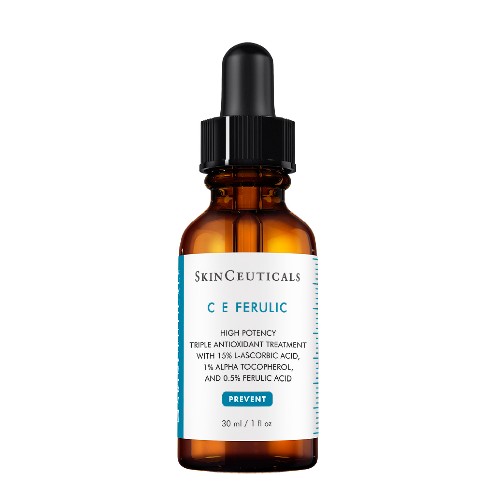
This is a lightweight serum with a potent 15% vitamin C (L-Ascorbic acid), vitamin E, and ferulic acid formula. These three ingredients hold great pigment-busting power and are great for reducing acne scarring.

Perfect for skin with patches of hyperpigmentation, this 11% vitamin C serum is just as effective as more costly alternatives. Not only does it leave a radiant glow but it also works to fight the appearance of acne scars.

The clever ampoule form of this product keeps the Vitamin C stable and effective. They also contain Vitamin E, another gentle antioxidant to protect the skin from environmental damage.
3. Ingredient: Alpha Hydroxy Acids (AHAs)
Best for: Refining skin texture
Wen thinking about how to get rid of acne scars, AHAs should be a regular feature in your routine and are often used in pro treatments known to help with scarring, such as the VI Peel. According to New York dermatologist Dr. Dennis Gross, alpha hydroxy acids (AHAs) such as malic, lactic, and glycolic acid are a great way to gently refine the skin's surface and fade post-inflammatory hyperpigmentation. "AHAs like lactic acid work to remove dead pigmented cells from the skin’s surface by gently loosening the bonds that hold these dead skin cells together."
Other AHAs go beyond just exfoliation, so it's worth considering adding these to your routine. "Kojic acid, for example, actually prevents melanin production at the source, deep within the skin," says Gross.
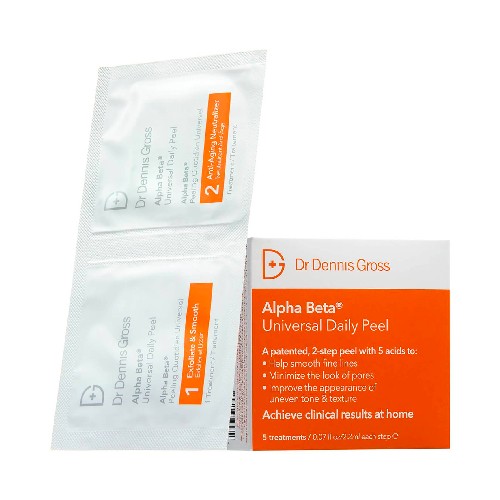
Gross' pre-soaked, two-stage Alpha Beta Universal Daily Peel fits the bill for ease. "Step one is the alpha and beta hydroxy acids," he explains. "The second step is the neutralizer, which is also loaded with retinol and soothing ingredients."
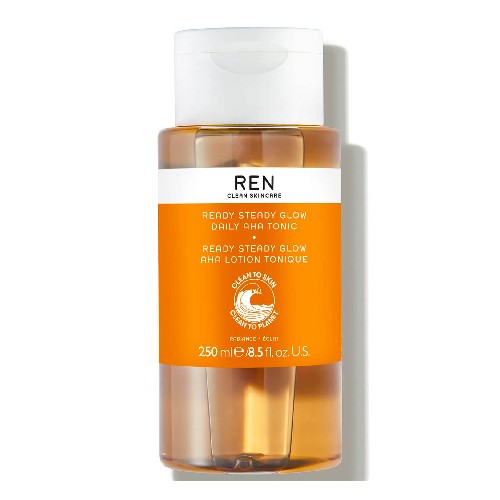
This exfoliating toner has seen rave reviews for good reason. This lactic acid based toner minimizes the look of acne scars and fades marks, leaving you with even skin tone and an effortless glow.
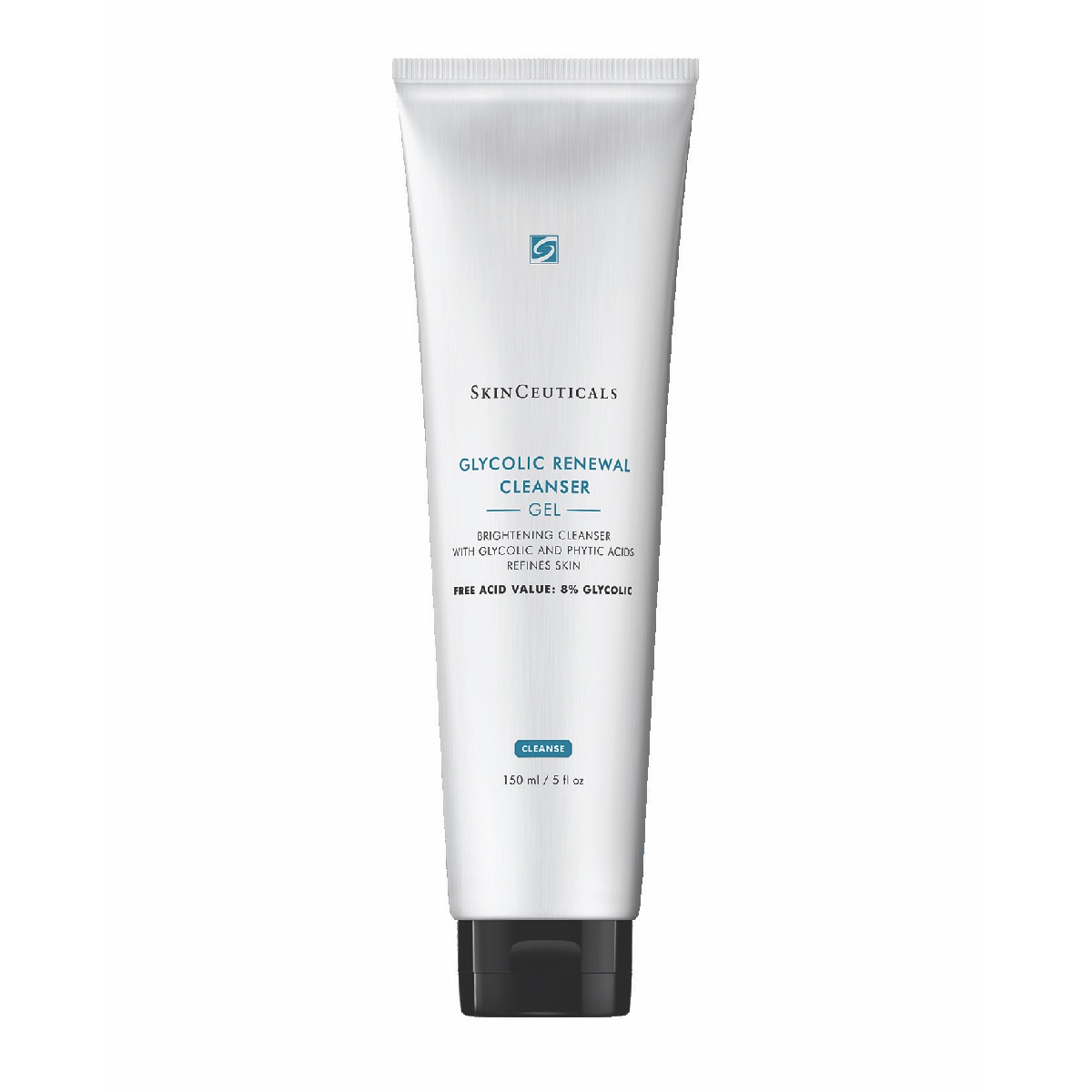
Not your everyday cleanser, this fresh and tingly gel combines 8% glycolic acid with pore-clearing salicylic acid. Use it once a week for gentle resurfacing effects.
4. Pro treatment: Microneedling

Best for: Collagen production to retexturize from within
Kickstarting your bodies’ natural healing abilities, microneedling involves tiny needles rolled across the skin to intentionally cause micro-injuries. Your skin then goes into healing mode and works to repair itself by producing new collagen—lessening the appearance of acne scars after a few sessions.
According to Margo Marrone, Founder of The Organic Pharmacy, “At home microneedling is very effective.” Although it won't achieve the effects of a professional microneedling pen treatment. If you do want to try microneedling at home, go gently. You are puncturing the skin after all.
5. Pro treatment: Microdermabrasion

Best for: Superficial texture improvements
This method of exfoliation involves a tool coated in fine crystals being massaged into the face, it goes a little deeper than an at-home scrub, but isn’t advisable for anyone suffering from deeply pitted scars as it won’t reach far enough into the skin.
“This form of exfoliation only works superficially on the skin’s surface layer,” explains Genevieve Knodell, an aesthetic practitioner at Stratum Dermatology Clinics. “If you go down this treatment route, opt for a medical dermabrasion device with infusion of active serums for better results.”
6. Pro treatment: Chemical peels
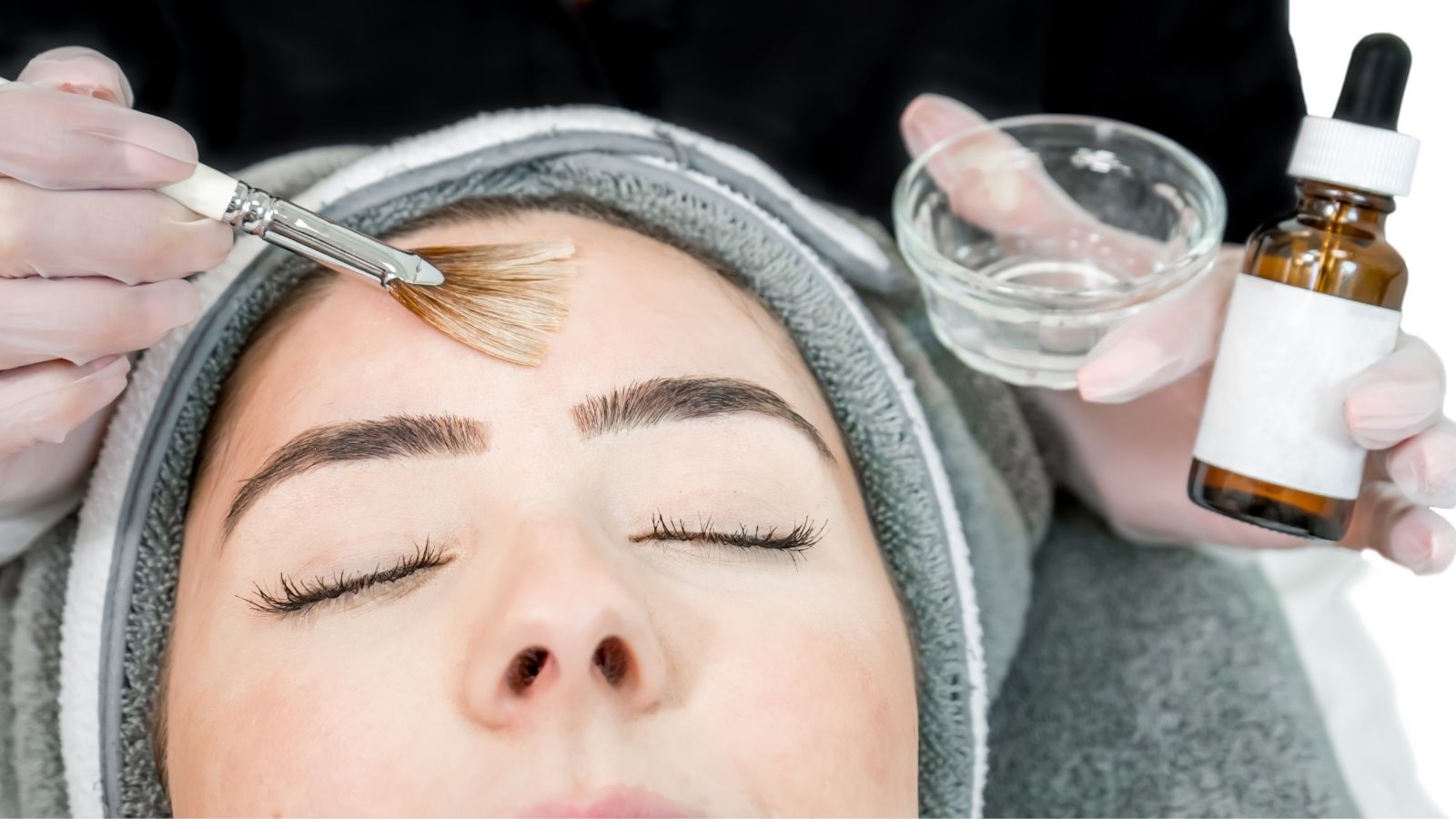
Best for: Shedding post-inflammatory pigmentation
Like microdermabrasion, chemical peels only work on the surface layers of the skin. They are not suitable for deep scarring, but they can help lessen pigmentation. And, can be especially effective when combined with light therapy for acne. Powerful chemical peels should always be administered by a professional and are strictly not for home-use.
“In-clinic chemical peels contain strong ingredients and can improve the surface texture of the skin and tackle hyperpigmentation—a number of treatments are often required for best results,” says Dr. Jack.
7. Pro treatment: Subcision and dermal fillers
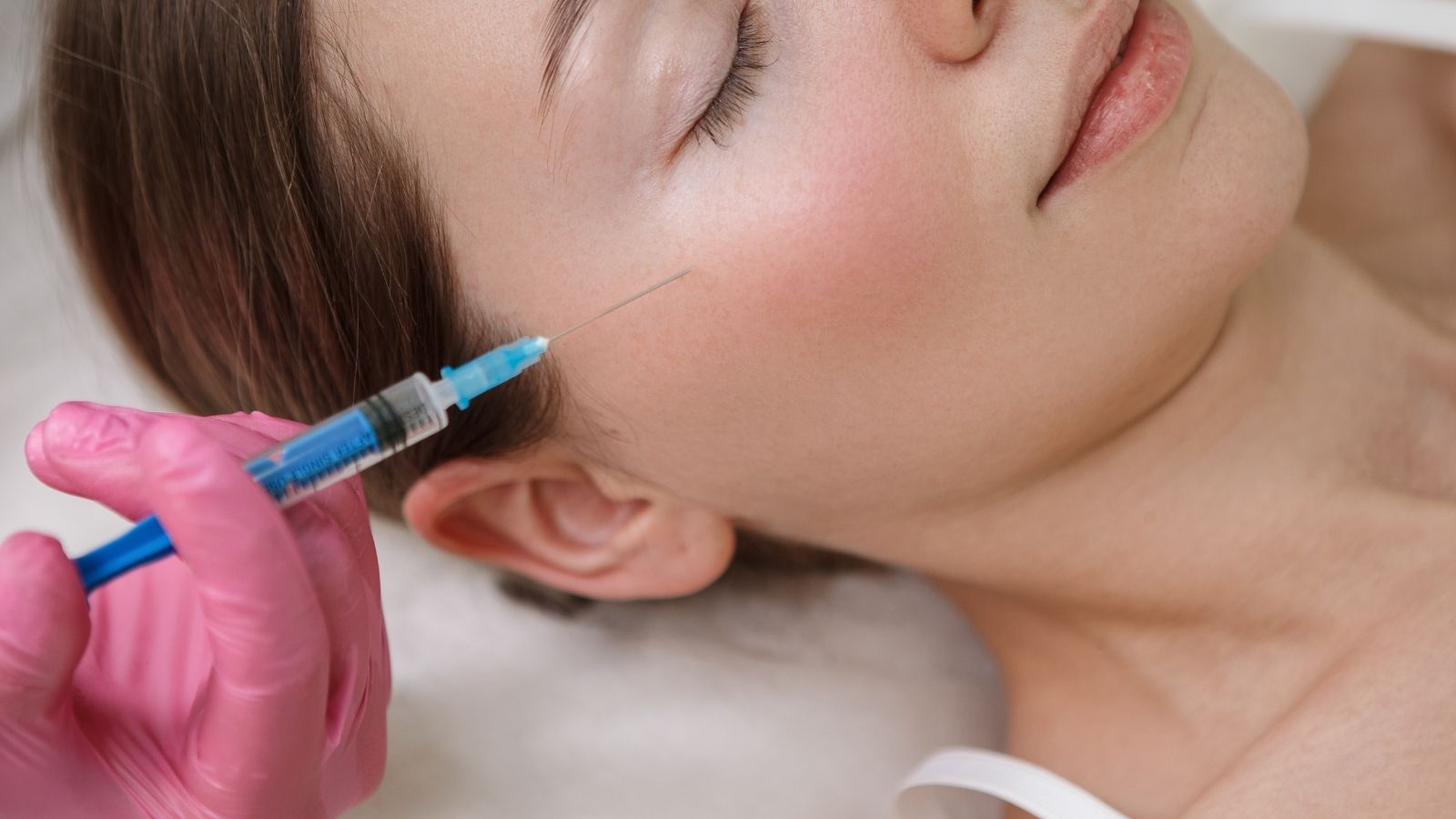
Best for: Very effective retexturizing
It might sound gruesome but subcision, followed by dermal fillers, can be fantastic for deeply pitted scars when treated by a doctor.
“This involves use of a needle to break apart the deep scar tissue under the skin, releasing the tethering and freeing up the scar tissue from underneath,” explains Dr. Jack. “I then often inject some dermal filler into the area to help keep the skin untethered and fill the gap where the pit in the skin was.”
Although dermal fillers are temporary they can have a natural collagen-stimulating effect within the body so areas that have been injected can stay plump for longer than filler will last.
Top tip for how to get rid of acne scars fast: start early
Mild acne scarring can stick around for months (three to six months on average) but you can speed this process up to a couple weeks or even a few days, when using the right products. It’s a good idea to start treating acne scars as soon as possible, the longer you leave them, the harder it is to get rid of them.
woman&home thanks Dr. Alexis Granite, Dr. David Jack, Dr Dennis Gross, Margo Marrone and Genevieve Knodell for their time and expertise
Emma North is a Beauty Writer who works for digital titles including woman&home, Woman, Woman’s Weekly, Woman’s Own, Chat and GoodtoKnow. Emma’s career in beauty journalism began with internships at publications including Vogue, Elle, The Telegraph and Glamour. She was then taken under the wing of Funmi Fetto, Contributing Beauty Editor at Vogue where Emma assisted with Funmi’s debut beauty book, Palette.


